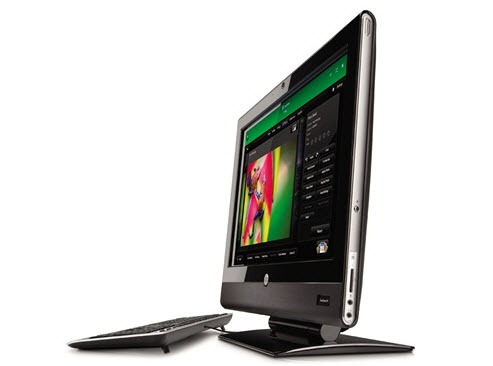
By Evan Ackerman
Ultracapacitors, or supercapacitors, are the new batteries. They recharge very, very, very quickly, the charge lasts for a long time, and you can keep on cycling them for tens of thousands of charge cycles. Kinda puts conventional rechargeable batteries to shame. Except that conventional rechargeable batteries are cheap and everywhere, but let’s just ignore that for the moment and talk about the 5.11 Light For Life Tactical Series UC3.400 flashlight, which has an ultracapacitor built right in. A 90 second charge will power this flashlight at 90 lumens for a 90 minutes, which equals a wicked impressive 23.5 hours out of 24 of on-time. You can recharge it 50,000 times (that’s a charge a day until the year 2143) with virtually no battery degradation or memory effects, but the LEDs themselves are only good for about 5 years, or until 2014. How disappointing. I really could have used 135 solid years of illumination.
The UC3.400 costs $170 (on pre-order for delivery in 2009), which is not so bad if you spread it out over a century or so (you’ll actually save about 40% over similar flashlights). It’s one of the very few ultracapacitor devices we’ve seen, and they’re certainly not cheap. But I’d totally pay a premium to endow my cell phone (or my laptop, for that matter) with a battery that recharged in 90 seconds and had no memory effect, wouldn’t you?
[ 5.11 Tactical ] VIA [ FlashlightNews.org, the world’s only flashlight industry news website ]





Capacitors have far less, well, capacity than batteries. Here's the math: A typical AAA NiMH rechargable has 850 mAH (milliamp hours), so that means it can put out about 1 amp of current for 1 hour at 1.5 volts
For capacitors, farad = (amp * second ) / volts. Sooo, if you have a 1 farad capacitor, charged to 1 volt, that means you can put out 1 amp for 1 second. It would take 3,600 of those to do 1 AH.
Yeah, there are certainly downsides, which is why (despite the obvious advantages) we're not seeing them in more places. But, as with any other emerging tech, I'm optimistic that they'll be getting faster + better +smaller + cheaper in accordance with Moore's law 🙂
Yeah, there are certainly downsides, which is why (despite the obvious advantages) we're not seeing them in more places. But, as with any other emerging tech, I'm optimistic that they'll be getting faster + better +smaller + cheaper in accordance with Moore's law 🙂
My avast antivirus has detected a Trojan horse in the file https://ohgizmo.com/2008/11/10/ultracapacito… called JS:ScriptPE-inf [Trj] …has anyone else got this warning from this site or is it just a false positive?
My avast antivirus has detected a Trojan horse in the file https://ohgizmo.com/2008/11/10/ultracapacito… called JS:ScriptPE-inf [Trj] …has anyone else got this warning from this site or is it just a false positive?